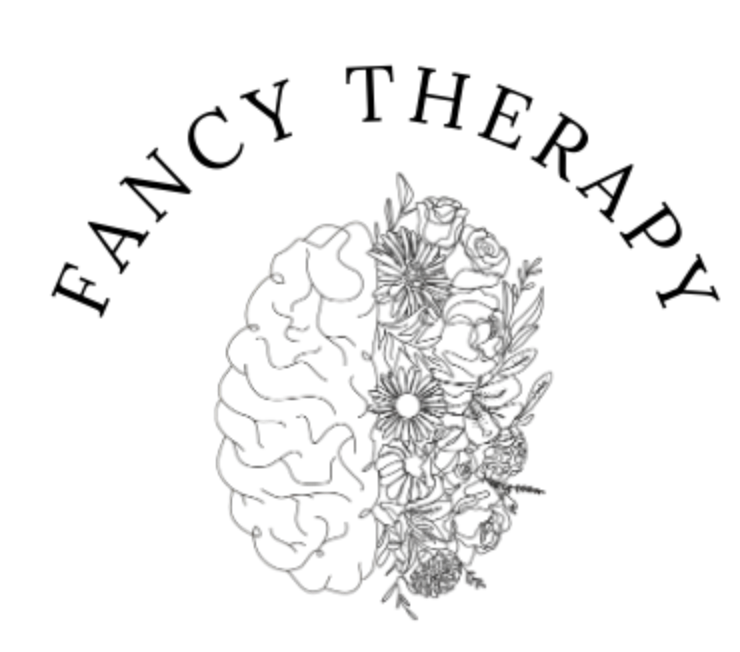What Forms a Body Image?
Just the way other things or images get imprinted on our minds, so does the image we see in the mirror. My daughter is a year-old, but she loves to see her reflection in the mirror. It is the 1st rituals that she does when she wakes up and is so happy to see herself. It does not matter how her hair is all over the place and that she is still wearing a onesie, but what matters is she can see herself happy, smiling to her heart’s content. When I look at her, I wonder that all the children or our younger selves must be the same way or may adore self-image as a child. Then, when do the things really start to change? When does the distinguishing line between a positive and a negative body image come up? What could be the factors responsible for this great divide in our minds? I mentioned some facts and ways a person feels when they have a positive or a negative body image. Let us dwell more into the formative factors of a body image.
Body image, positive or negative, does not develop in isolation as do many other thoughts about self and society. Culture, family, friends all become the influential factors when conveying positive or negative image about the body.
The media, family, and peers play a significant role in developing a healthy body image. Some families are protective and provide a positive feedback about their child’s body image right from the young age that they have an ideal body image despite some shortcomings. In an ideal household and protective parents, there are no comparisons with children or teenagers of similar age. Any negative comments received from the society are well-received and the child is made aware that body image is not the only thing that matters. The child or the teenager is oriented towards the good qualities that they have in them.
Peers play a vital role in forming a positive or a negative image. I have a client who has a negative body image because one of her school friends always talked negative about her. Challenging her thoughts about self-image did not provide any other evidence of her having a negative self-image apart from the friend’s remarks. Her family, her relatives, her community people have always provided positive images to her, but the impact of negative comments have overpowered the positive remarks.
Social media is another important source of influence in today’s generation. People especially youngsters compare themselves to the pictures posted on social media by the socialites and other influential people. They feel that it is the norm or the societal standards and that they need to fit within those. Anything less than the ‘societal standards’ is considered a shame. They either start going on crash diets, fasting or binging to appear good looking as per the social media standards. In the process, they pay less attention to the nutrition whicheventually leads to the mental health problems.
The fashion and the beauty industries are also responsible for setting unhealthy examples when their products or ads promote a limited range of body types as acceptable and desirable. But looking on a brighter side, I have realized that because of increased episodes of body shaming, some industries have started enrolling models of all sizes rather than just sticking to the traditional ‘slim figures’. This might provide encouragement and shed a positive light on the fact thatsuch fields are a professional option for people who do not fit in the traditional body images.
Other factors such as discrimination based on race, size, ability, gender, sexual orientation, and age also play a role. When children andpeople are exposed to daily microaggressions at school or work and in society, people can feel that they do not measure up or that they are somehow lacking.
Accidents and long-term illness can also impact the way people changetheir perceptions about self. For example, if one has a breast cancer, mastectomy can leave a big impact on how one perceives their body. Similarly, if one needs to go in for an amputation, then it might not only alter their confidence but also their body image. I know many examples where girls meet with an accident, lose a part of their body, and the to-be groom refuse to marry them because they do not fit in the ‘societal standards’. But, on the other hand, I also know few examples of to-be groom who have accepted their potential wives for the person they are and not for their external looks. Acceptance leads to a positive body image.
All the factors mentioned above can impact a person’s physical and mental well-being and ultimately, their self-perception and body image. The people around us play a vital role in shaping our body image and hence, being around people with positive outlook helps self to look at a brighter side of themselves rather than just focusing on one aspect of the personality




